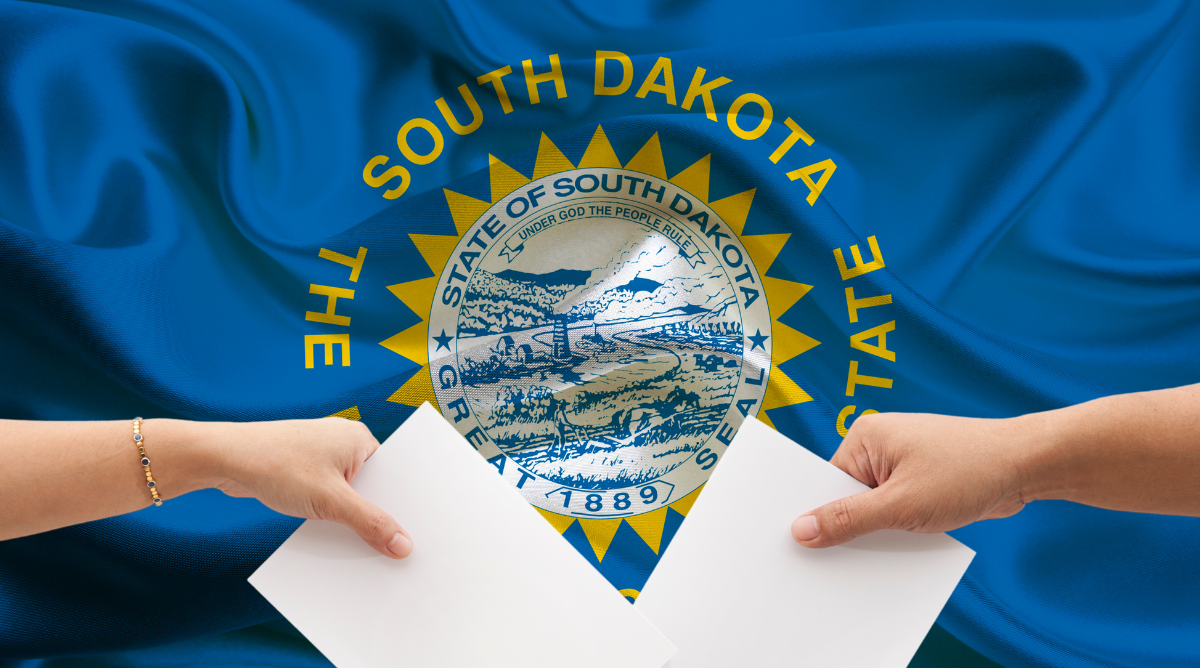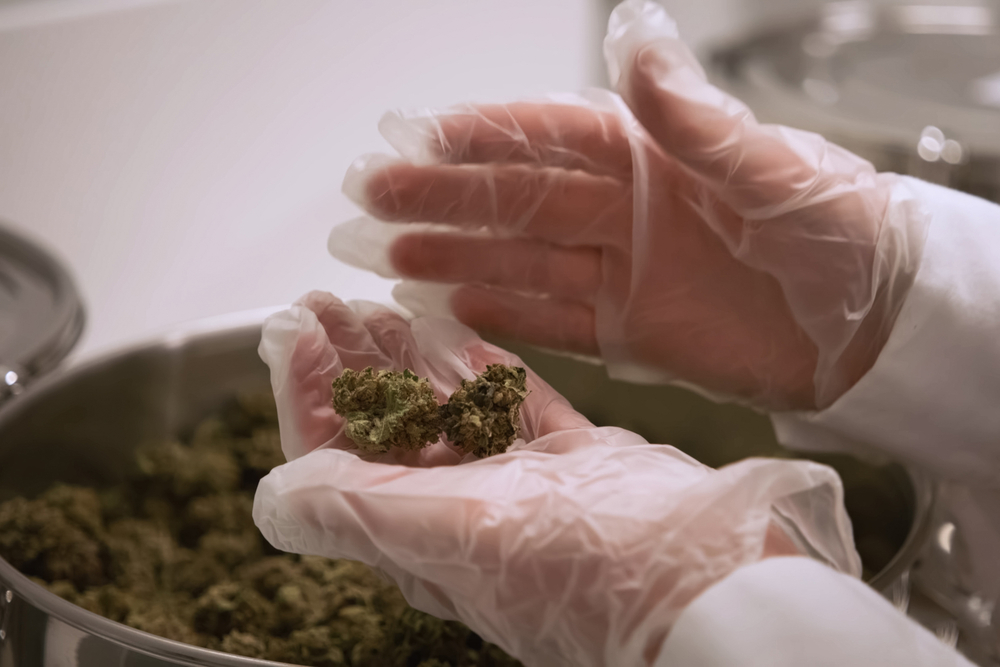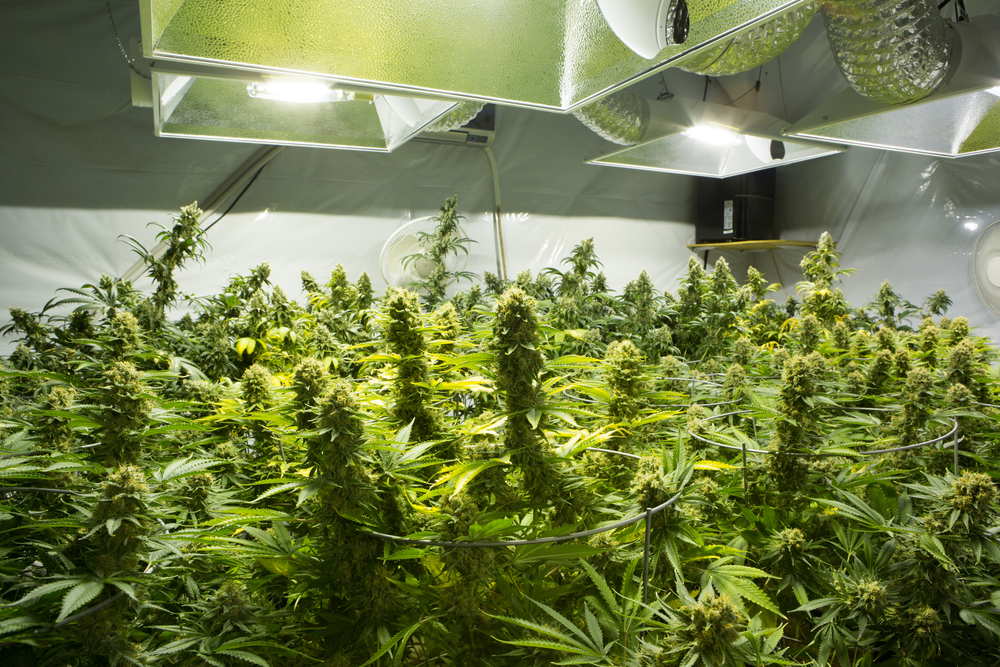
On November 3, 2020, residents of South Dakota voted to legalize medical marijuana. Measure 26 was placed on the election ballot to allow residents to decide, whether MMJ should be a healthcare option.
A majority vote of 68% of ballots meant that medical cannabis would be legalized in South Dakota. For medical cannabis advocates and patients, it was a victory. In 2006, medical marijuana was also placed on the ballot. However, at that time, 52% of voters rejected the medical marijuana initiative. The matter was put to a state question again in 2010, where two-thirds of voters said ‘no’ to medical marijuana.
When it comes to medical marijuana in the state, three times was the charm. A lot has changed in America over the past ten years. South Dakota has become the 36th state to legalize medical cannabis. In the November 2020 election, Mississippi became the 35th state to move forward. Legalization in the state of Mississippi was won with 642,430 votes and a majority of 74%.
What was the critical shift that swayed residents to adopt medically supervised cannabis? What is known right now about the qualifying health conditions? What will patients with chronic health conditions have to do to get a South Dakota medical card? Let’s take a closer look at the medical marijuana initiative that was won. And learn more about what patients in South Dakota can expect in the coming months.

It is not just the number of states who have now legalized medical cannabis that may have influenced the vote. It is about a significant shift away from stigmas regarding medical marijuana. And there is a historical demographic shift and aging population in America.
Did you know that the number of seniors living in the United States is expected almost to double? One forecast stated that seniors over the age of 65 would increase from 52 million (2018) to 95 million by 2060. This will increase American seniors’ total population, over 65, from 16% to 23%.
Why is the age shift relevant to state policies about medical marijuana? Approximately 80% of adults over 60 have at least one chronic disease. Another 77% of seniors in the United States have at least two diagnosed chronic conditions. And an estimated 75% of healthcare spending is dedicated to caring for chronic disease symptoms.
According to the South Dakota Partnership to Fight Chronic Disease, the projected cost from 2016 to 2030 for managing patient care will be $113 billion. Almost 500,000 patients in South Dakota had a chronic disease in 2015. Another 190,000 patients in the state had two or more chronic conditions.
According to estimates by public health organizations, chronic disease management could cost the state $5.5 billion in medical costs. And an additional $2 billion in lost employee productivity every year. The potential wellness benefits and tax revenues for the state may help offset skyrocketing healthcare costs.
For citizens in South Dakota, there were two different options on the November 2020 ballot. The SD Amendment A: Legalize Marijuana permitted full legalization of adult-use (recreational) cannabis in the state. The SD Amendment A: Legalize Marijuana garnered 225,255 votes or 54.18%. When the ballots closed, SD Amendment A resulted in 45.82% of South Dakota voters rejecting the proposed legislation for adult use.
Legalizing adult-use marijuana in South Dakota will mean an expansion of the state constitution and legal protections. Anyone over the age of 21 years will now be able to possess (and distribute) up to one ounce of marijuana. Cultivation of up to three cannabis plants for personal use will also be permitted. But only for residents who live in jurisdictions without cannabis dispensaries.
The second option for South Dakota on the ballot was SD Measure 26: Medical Marijuana. There were 291,848 votes in favor of SD Measure 26 in South Dakota. Or 69.96% of voters in favor of legalizing medical marijuana. Only 30.07% of residents voted in opposition to the legalization of medical marijuana in South Dakota.

South Dakota will be the first state that opt to legalize both recreational and medical cannabis at the same time. The trajectory for most states is to lead with medical cannabis. Then expansion into adult-use legalization occurs. After the regulatory infrastructure has been established, other states have made the transition more slowly. Voters in South Dakota wanted to expedite the process, launching both ‘programs’ simultaneously.
What does this mean for South Dakota legislators and public health organizations? A lot of work, on a very tight timeline. The state constitutional amendments and final legislation must become law by July 1, 2021. The South Dakota Department of Revenue will have until April 1, 2022, however, to establish licensing regulations and fees for cultivators, processors, and dispensaries.
Governor Kristi Noem (R) was firmly against the legalization of cannabis in South Dakota. She said, “The fact is, I’ve never met someone who got smarter from smoking pot.” She cited consultations with law enforcement and addiction treatment organizations, who pressured her heavily to reject cannabis legalization.
South Dakota is one of the most conservative states in America. The legalization of both adult use and medical cannabis in the same referendum vote is surprising. But it also speaks to the progressive shift toward alternative medicine. The option to legalize cannabis in the state was bipartisan.
Particularly in a state with a high per capita incidence of chronic disease. The revenues from adult-use and medical cannabis business licensing, fees, and product sales will help bolster healthcare services for residents in the state.
Businesses licensed to sell cannabis in South Dakota (at the time of writing) are expected to be vertically integrated. That means that dispensaries must have 100% quality control of the products they sell. From cultivation to processing, manufacturing of cannabis products, and retail sales. Both adult-use consumers and patients with South Dakota medical marijuana cards.
It will take months for South Dakota lawmakers to create the regulations and zoning requirements for cultivators and dispensaries. Like other medical marijuana and adult-use states, the 15% tax on sales will be used for administration. The medical marijuana program and adult-use market regulatory costs will be self-funded.
The profits or remaining revenue generated by the adult-use and medical cannabis markets will be split evenly. Fifty percent (50%) of revenues will be allocated to fund public schools, and 50% will be deposited in the general operating fund for South Dakota.
Consumers and qualifying patients are not expected to have access to legalized cannabis products until December 2021.
This, of course, will be disappointing to residents who voted to legalize both adult-use and medical cannabis. But launching both ‘programs’ simultaneously and making the state constitutional amendments will result in a delay. It will also allow vertically licensed dispensaries to be established within the state and provide time for quality and safety testing of cannabis products.
Under the voter-ratified SD Measure 26: Medical Marijuana, some qualifying health conditions have already been identified. However, under the measure, the Department of Health could add additional qualifying conditions. This will be determined when the legislation is finalized before July 1, 2021.
Currently, the qualifying health conditions for medical marijuana in South Dakota will include a chronic or debilitating disease or medical condition or its treatment that produces one or more of the following:
Cachexia or Wasting Syndrome
Severe Debilitating Pain
Severe Nausea
Seizures
Severe and Persistent Muscle Spasms
Multiple Sclerosis
Medical marijuana cardholders will be able to possess 3 ounces of marijuana and additional marijuana products. However, the 3-ounce limit does not apply to tinctures, edibles, or ointments in terms of possession for therapeutic use. Patients will also possess a minimum of 3 plants and marijuana products made from self-cultivated plants for personal use.
The Department of Health will be required to issue registry identification cards to patients no later than 140 days after the effective date of July 1, 2021.
No Information on MarijuanaDoctors.Com should be used to diagnose, treat, prevent or cure any disease or condition. You can view our Full Disclaimer here.